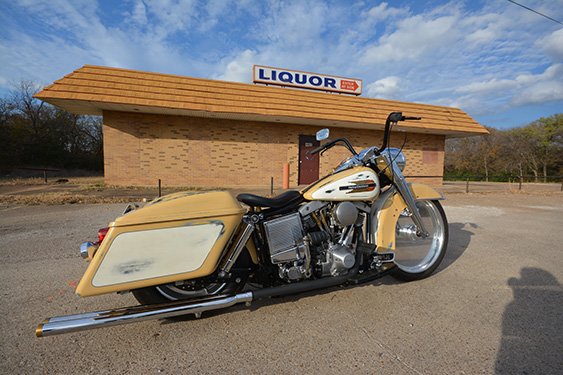Article By: Milwaukee Mike
Originally Published In The March 2013 Issue Of Cycle Source Magazine
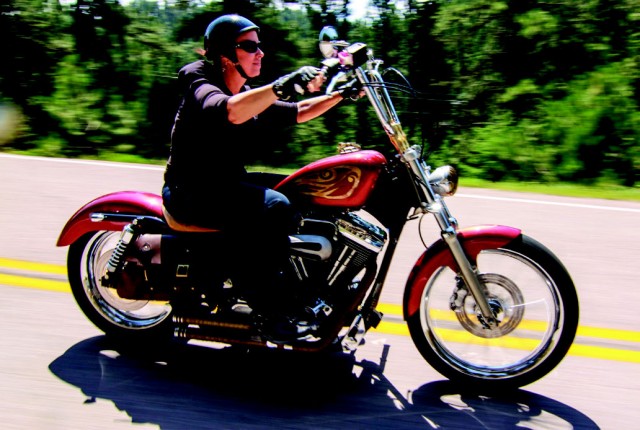
In 1981, Harley-Davidson introduced a new model of motorcycle at Daytona Bike Week. That model was a totally new design for the Motor Company. It was called the FLT and it had some revolutionary designs and highly developed engineering. Even though the FLT was more advanced, was the first bike that was rubber mounted and had a fixed fairing, which was designed with wind tunnel testing to prove that it actually cut air like it should, it would be remembered as a huge flop. I think one of the reasons was that it was ahead of its time and people just weren’t ready for it. Harley had to learn the hard way that their customers had to be eased toward change; big styling changes were hard to do unless done slowly.

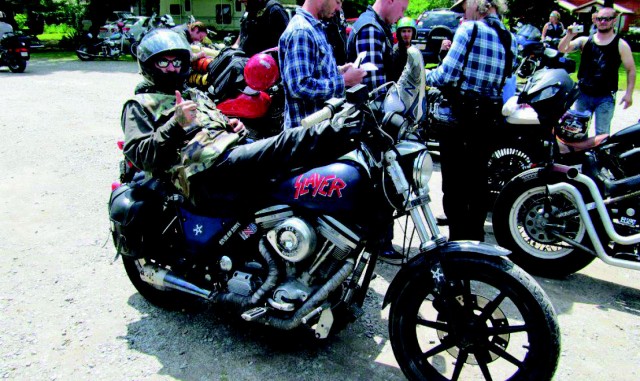
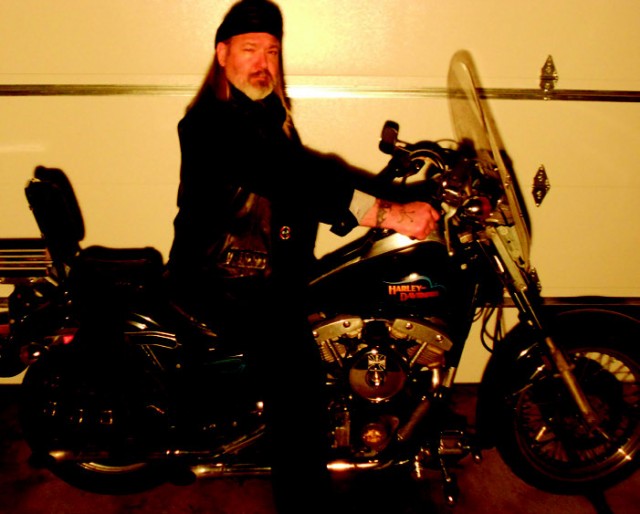
This is the way that it was explained to me last week when I met with Tom Platz, one of the conservators at the Harley-Davidson Museum. I was allowed into the archives to talk about FXRs with one of the guys who was around when they were being built and refined. Along with Tom, Bill Rodencal, another restorer/ conservator, helped to fill in a couple of blanks for me. All of this was made possible with the help of Matt King, the Communications Project Manager at the Motor Company.

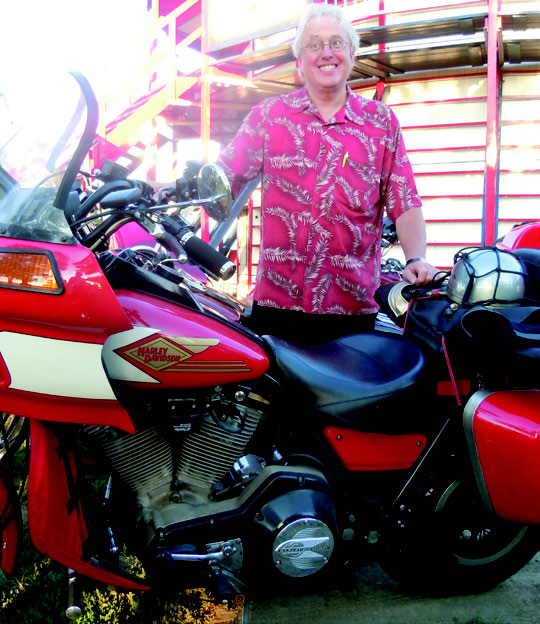
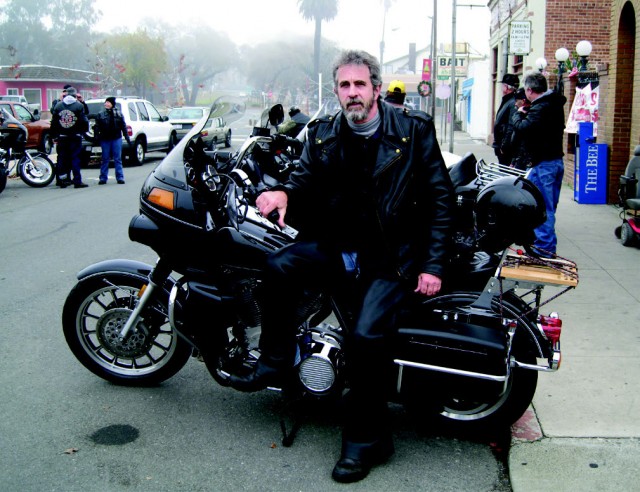
The reason I originally mentioned the FLT was because it had some of the same principal features that would come a year later on the FXR. As I said, the rubber mounting or isolastics, was a relatively new concept for Harley-Davidson motorcycles. It was a tricky proposition to take that big chunk of steel and aluminum and have it vibrating away inside of the frame, meanwhile trying to keep it from creating bad death wobbles while at speed. All of this was happening in the midst of the company’s executives being offered the chance to buy Harley back from AMF, which left little room for error. Because of what happened and the direction the Motor Company took, it gave us the reliable and better bikes that we get from Harley still today. But that’s a whole other chapter in a big book of information that we will mention at another time.
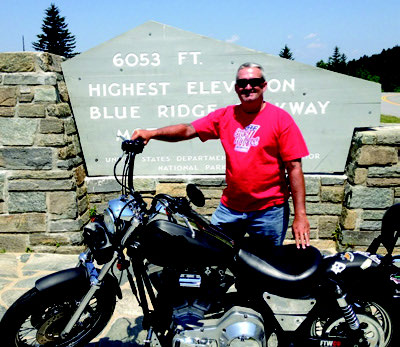

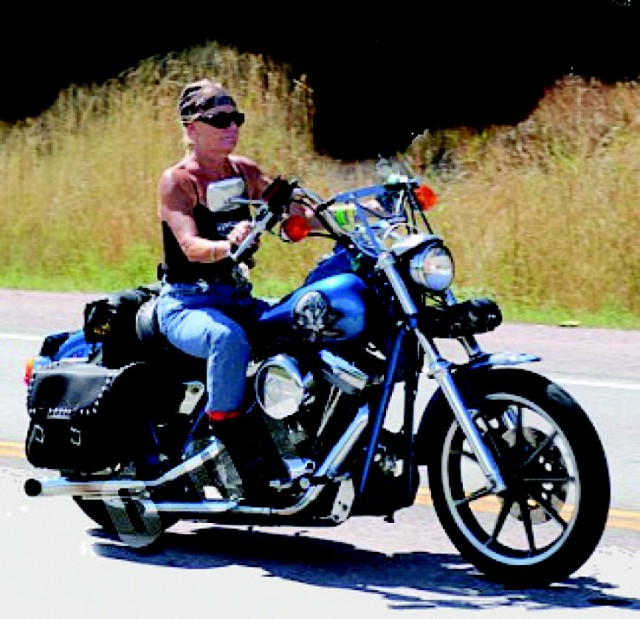
There were two schools of thought when it came to the future as far as how H-D would progress. The first was called the Nova Project. For those who don’t know, it was a joint venture that H-D went into with the engineers at Porsche. The short version of that story was that Harley was working on a water-cooled twin to go inside the now iconic looking design that Harley is known for. It would have been a tough sell because as I said earlier, the people that were buying Harleys were resistant to change and had to be led slowly toward the future to keep as much nostalgia in the designs as possible. This was proven to me when Tom showed me a Knucklehead and a new 2013 anniversary model in the same room. They were definitely related; even though the differences are large, the similarities are still there. The other school of thought was that of the Evolution motor, which we are all very aware, won the race. But like any group of good businessmen, the executives kept aspects of both to this day. From Nova, the basis of the V-Rod which is very evident, and in the case of the Evo/FLT, we now have the Road Glide which is one of the best selling models in the touring category.


So let’s get back to why we are here. The FXR, introduced first in 1982, was revolutionary to say the least. Not only was the bike rubber mounted, but it also had the engine and transmission held together by more than just the inner and outer primary and the frame. It helped to calm down the vibrations and the strange harmonics that can occur in older bikes. Also with the advent of the Evo FXRT, you see the engineering department reuse the smaller fixed fairing and saddlebags from Nova, and because of the work of Willie G and the styling department, it moves air like no other. Other features that come in this period are the enhancements of the 5 speed gear box and the ability to remove the chain and use a belt final drive. These changes all came together to make this bike more and more bullet proof, giving the brand a much needed shot of reliability.

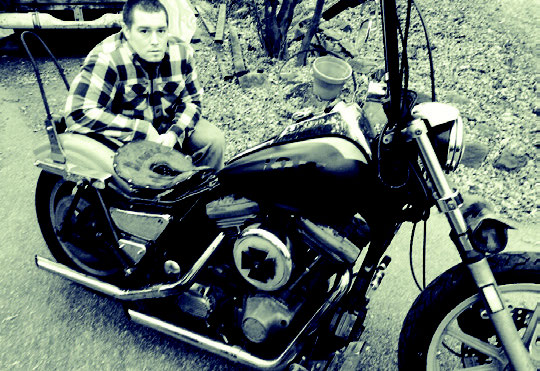
As the years move on into the ‘90s, the bikes just kept improving. With time, came subtle refinements. Harley, as well as aftermarket companies, began making more parts giving riders plenty of options to customize and personalize these bikes. I think you will notice this by the other features in this issue. In fact, Harley- Davidson used the FXR in 1999 to launch the now iconic CVO (Custom Vehicle Operations) models not knowing if it would work, but being able to use what was at hand was economical and smart. We all know now that it did work and now plays a part in the styling on all the new bikes as well as having its own line. I would like to give a special thanks to Tom, Matt and Bill for taking time out of their busy day to educate me further on the subject. I was able to see the Harley- Davidson Museum’s archives as a tool to use here and in the future. I look forward to working with them again as the 110th rolls up on us this September. Watch for more from Cycle Source and H-D as we move into what comes next!










